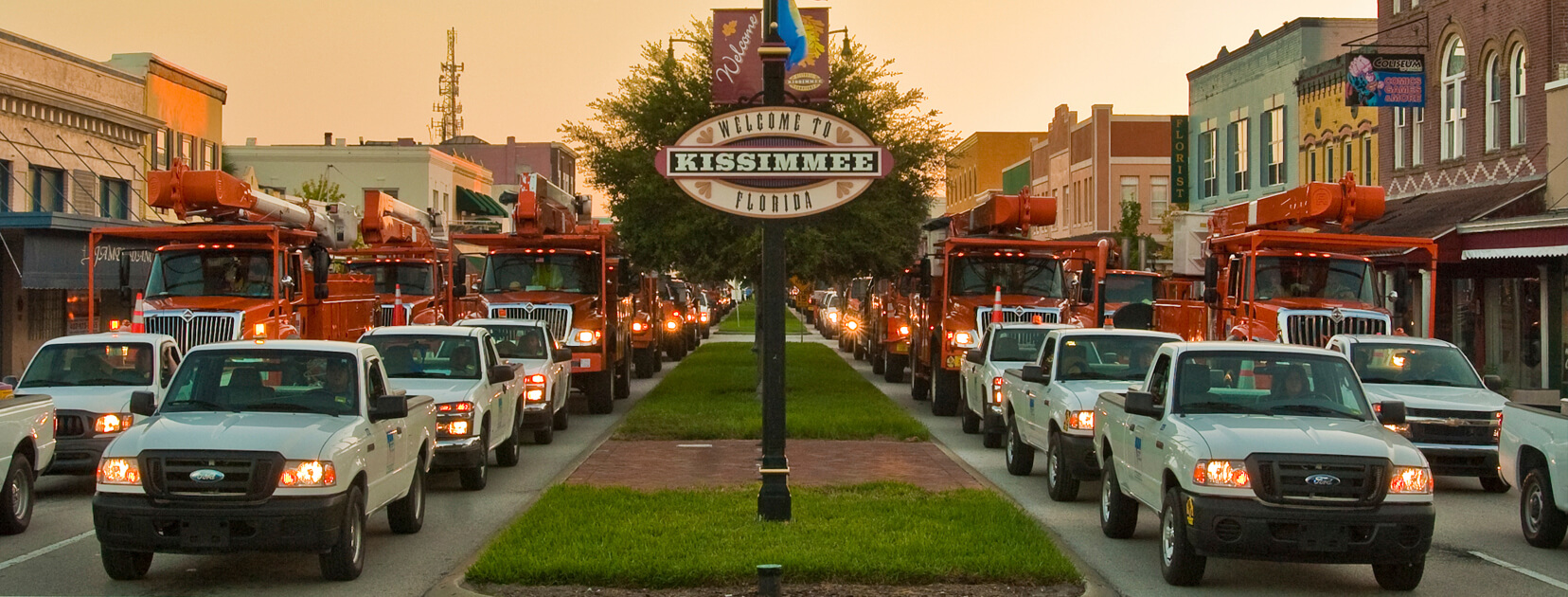
You don’t have to live in the dark to lower the lighting portion of your electric bill! Lowering lighting levels in your home is an easy conservation measure since most customers use more light than is needed:
Turn off lights in any room not being used.
Keep lamps and fixtures clean to ensure you’re getting all of the light you’re paying for. Dust, grease, and other dirt accumulations on lamps, lenses, globes, and reflecting surfaces of the fixture can reduce light lumens output by as much as 30%. Cleaning will increase the light output and may allow you to remove some lamps or to install lower wattage ones.
Use one large bulb instead of several small ones in areas where bright light is needed.Always remember, however, to take advantage of natural lighting whenever possible.
Consider installing solid-state LED compatible dimmers or hi-low switches when replacing light switches. These make it easy to reduce lighting intensity in a room and thus save energy.
Replace incandescent with CFLs or LEDs.
By replacing your home’s five most frequently used light fixtures or bulbs with models that have earned the ENERGY STAR, you can save $75 each year. (KUA LED lighting rebate is available.)
Compared to traditional incandescents, energy-efficient light bulbs such as halogen incandescents, compact fluorescent lamps (CFLs), and light emitting diodes (LEDs) have the following advantages:
- Typically use about 25% – 80% less energy than traditional incandescents, saving you money.
- They can last 3-25 times longer.
Today’s energy-efficient bulbs are available in the wide range of colors and light levels you’ve come to expect. While the initial price of energy-efficient bulbs is typically higher than traditional incandescents, newer bulbs cost less to operate, saving you money over the life of the bulb. Many of the newer bulbs last significantly longer than traditional bulbs, so you won’t need to replace them so often.
The table below compares a 60 watt (W) traditional incandescent with energy efficient bulbs that provide similar light levels.
Energy-Saving Incandescent | ||||||
|---|---|---|---|---|---|---|
| 60W Traditional | 43W Halogen | 60W Traditional | 43W Halogen | |||
| Energy $ Saved (%) | – | ~25% | ~75% | ~65% | ~75%-80% | ~72% |
| Annual Energy Cost* | $4.80 | $3.50 | $1.20 | $1.00 | ||
| Bulb Life | 1000 hours | 1000 to 3000 hours | 10,000 hours | 25,000 hours | ||
*Based on 2 hrs/day of usage, an electricity rate of 11 cents per kilowatt-hour, shown in U.S. dollars.


